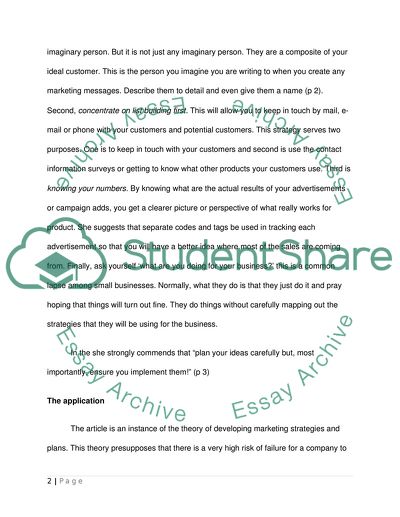Cite this document
(Top Four Marketing Strategies for Small Business Literature review, n.d.)
Top Four Marketing Strategies for Small Business Literature review. Retrieved from https://studentshare.org/marketing/1732155-essay
Top Four Marketing Strategies for Small Business Literature review. Retrieved from https://studentshare.org/marketing/1732155-essay
(Top Four Marketing Strategies for Small Business Literature Review)
Top Four Marketing Strategies for Small Business Literature Review. https://studentshare.org/marketing/1732155-essay.
Top Four Marketing Strategies for Small Business Literature Review. https://studentshare.org/marketing/1732155-essay.
“Top Four Marketing Strategies for Small Business Literature Review”, n.d. https://studentshare.org/marketing/1732155-essay.


